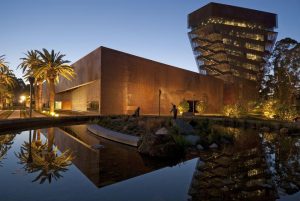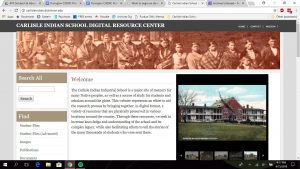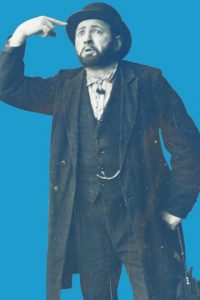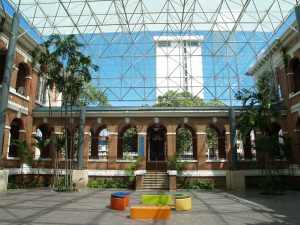by Maggie Hoffman
Although North Carolina has as much queer history as anywhere else in the country, the state’s conservative Southern roots have effectively muted that legacy. In 2014, museum professionals at the Levine Museum of the New South in …

Featuring profiles of outreach & advocacy in cultural heritage
by Ayoola White
It is a common stereotype that librarians are loath to allow patrons to bring even the smallest morsels of sustenance into library spaces. What does it mean, then, when a public library begins offering cooking classes? This …
by Julia Greider
In 2006, the National Library of Ireland, in Dublin, opened its award-winning exhibition entitled Yeats: The Life and Work of William Butler Yeats, which continues in 2018 to educate visitors about one of Ireland’s most acclaimed …
by Kaitlin Kendrick

The de Young museum, located in San Francisco’s Golden Gate Park, was founded in 1895 and has become an integral part of the arts scene in San Francisco. As one part of the Fine Arts Museums …
by Katy Purington

The Carlisle Indian Industrial School in Carlisle, Pennsylvania was the first federally-funded Indian boarding school in the United States. Founded in 1879 by Captain Richard Henry Pratt, it became the model for 26 other federal boarding …
by Kathleen Mackenzie
Walking the streets of Dublin today, reminders of the 1916 Easter Rising are scattered throughout the city. The armed rebellion against British rule launched a turbulent period that ultimately led to the establishment of the Republic of …
by Sacha Mankins
 The YIVO Institute for Jewish Research is a Manhattan-based archive on Eastern European Jewish life before the Holocaust. YIVO (the name stands for Yiddisher Visnshaflikher Institut, Yiddish for “Jewish Scientific Institute”) was originally founded in the 1920s …
The YIVO Institute for Jewish Research is a Manhattan-based archive on Eastern European Jewish life before the Holocaust. YIVO (the name stands for Yiddisher Visnshaflikher Institut, Yiddish for “Jewish Scientific Institute”) was originally founded in the 1920s …
by Teresa M. Meléndez

The Museum of Contemporary Art of Puerto Rico (MAC), located in Santurce, one of the neighborhoods that make up San Juan, the island’s capital, organizes many events and projects that engage the Santurce community. One of …
by Natalie Kelsey
Some of my earliest cultural heritage-related memories are of the Munson Williams Proctor Arts Institute in Utica, NY. My father, an artist himself, brought me there as often as I wanted. The first piece I remember is …
by Jennifer Skarbek
The John F. Kennedy Presidential Library houses over 400 collections surrounding the Kennedy administration from 1961-1963. While there are a large number of collections of governmental records, there are several lesser known collections of correspondence from the …